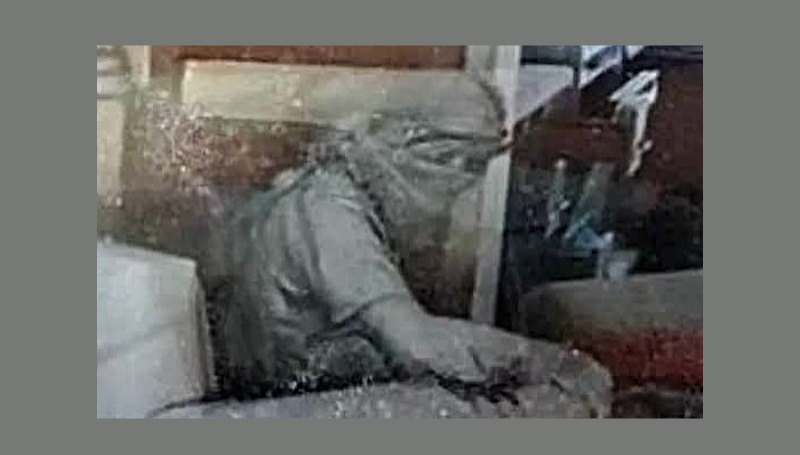John Aziz
Quillette, Oct. 19, 2024
“To judge him by his own terms, 7 October was a colossal and humiliating failure.”
When I first heard, the news hadn’t yet been confirmed: there were just swirling rumours that Yahya Sinwar, the leader of Hamas, had been killed in Gaza. But then within a half-hour, the press carried a series of photos of a dead man, bearded and dusty, with his skull caved in, surrounded by a troop of teenage IDF grunts. I felt a wave of peculiar, conflicting emotions—the natural revulsion at looking at a dead human being, together with a hopefulness that if Sinwar was dead, perhaps the conflict in Gaza might be coming to an end. Peace might be on the horizon.
Israeli soldiers remove the body of Hamas leader, Yahya Sinwar, after he was killed in Gaza on 16 October 2024.
Carefully, I compared the images of the corpse with pictures of Yahya Sinwar hastily retrieved from a Google image search. His front teeth were the same distinctive shape as Sinwar’s; he had the same mole underneath his left eye; his ear lobes were the same shape. I didn’t have to wait for the subsequent genetic testing that confirmed it, or for the IDF announcement, or for the responses of the global media, or of Hamas itself. I already knew Yahya Sinwar, the architect of the so-called Al-Aqsa Flood of 7 October, was dead.
As the old saying, often erroneously attributed to Vladimir Lenin, goes, “there are decades in which nothing happens; and there are weeks in which decades happen.” For Palestinians and Israelis, the last year has felt like week after week in which decades happen. But the death of Sinwar is particularly momentous, and perhaps marks an inflection point, an opportunity to head in a new, different, more hopeful direction. … [To read the full article, click here]


